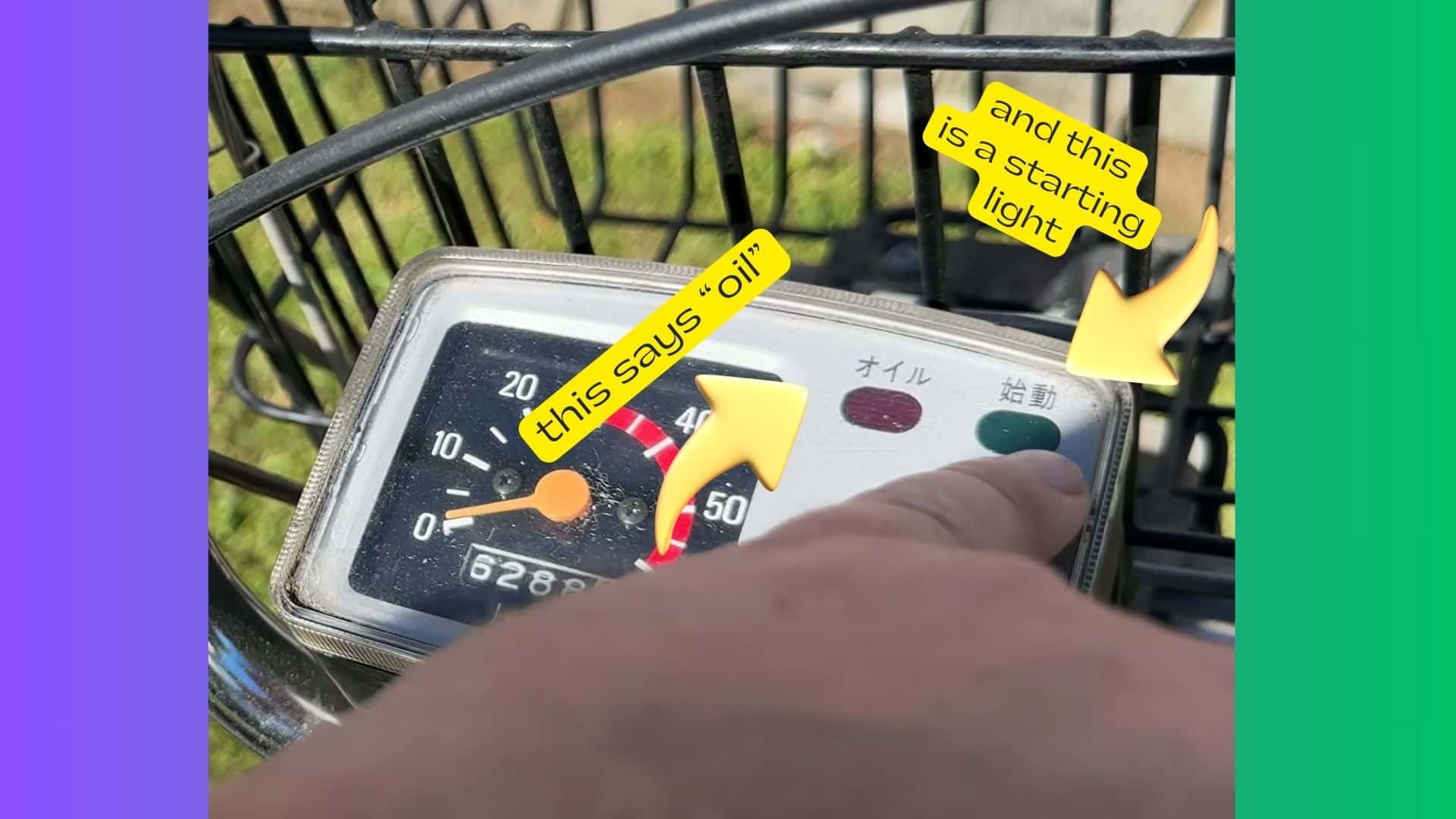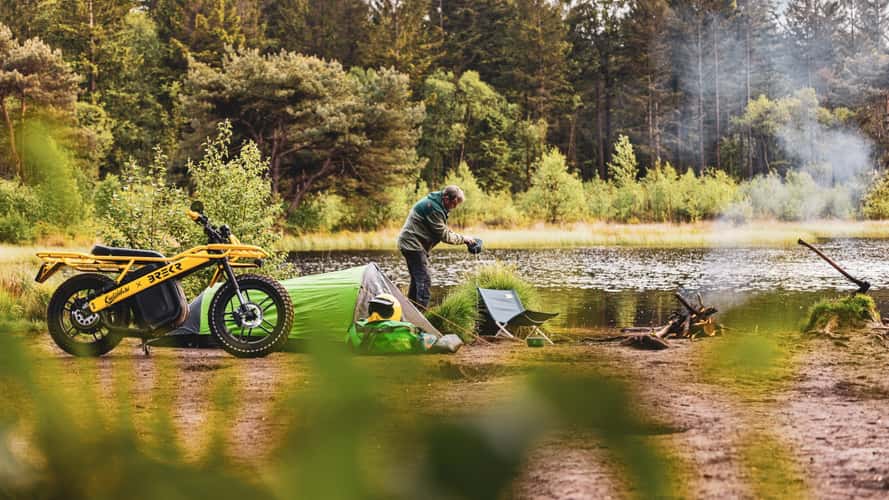If there's one thing you can say for Yamaha, it's that the company certainly has range. While recent news about the R1 becoming a track-only machine in Europe starting in 2025 has been stirring the emotions of international superbike fans, only some of Yamaha's bikes were developed to be track weapons.
Like any mass production motorcycle manufacturer worth its salt, Yamaha has long worked to appeal to a wide variety of riders. Some of its moves make a lot of sense, but some are a little strange. Are you, by chance, familiar with the Yamaha U5E "Lady" from the 1960s, for example?
Now, speaking as a woman who's ridden for nearly two decades, it's easy to criticize from my modern vantage point in 2024. Historical context is always important, though, so maybe someone in 1965 thought that sort of flesh-colored pink and cream colorway was quite becoming.
While I couldn't say so for sure, I will observe that preferred color palettes on everything from automobiles to appliances have radically shifted over time. So, again, maybe there was some kind of historic design case to be made. That part is understandable, even if those colors don't personally speak to me.
But about 15 years after the Lady, Yamaha introduced the Towny. It's a scooter, and it was also specifically marketed as being for men.
So I'm probably not allowed to tell you about it, since I'm a woman. But I will anyway.
As anyone who's ridden a bicycle (let alone a powered two-wheeler) can tell you, frame size and ergonomics matter. People of different heights and weights might be more comfortable on differently-sized machines. That's absolutely true, and has been true for as long as there have been people living in the world. A six-year-old can probably use a boost to see over the fence, while perhaps the adults are tall enough to see over it just by standing up. You get the idea.
Fast-forwarding a couple of decades and smashing headlong into the 1980s, we find the Yamaha Towny. It's one of several bikes that Yamaha refers to in its historical literature as "soft bikes," meaning they're little twist-and-go runabouts meant for everyday use. Not hopped-up enthusiast machines. This one has a gauge that tops out at a blistering 60 kilometers per hour (about 37.2 miles per hour), and a two-speed automatic.
More specifically, though, Yamaha refers to the Towny as a "soft bike for men." And while I get that the frame was, and I quote Yamaha here, "large enough for people of larger physiques" to more comfortably ride, it's still a bit of a strange marketing choice. Were there no tall women in 1980? I find that difficult to believe, so why tie it to gender at all? It's a bike with a more robust and larger frame, made for larger riders. Cool, we can work with that.
In the video, the excellent YouTube channel Small Bike Stuff gives a nice little summary of this bike, and there's a ride at the end as well. We also get to hear what the tiny little two-stroke sounds like, as well as note its top speed in 2024 (which seems to be around 51-ish kph, or about 31.6-ish mph).
Along the way, SBS points out some of the bike's controls and other features, including the lights and switch positions on the dash. While he gets the Japanese text indicating switch position correct, he's not quite right about the two lights on the dash.
I've labeled what each light does in the photo above. The red light on the left is an Oil light, and the green light on the right is actually a starting light that probably indicates whether the bike is on or not. It is not a turn signal light, as SBS guesses.
This makes a lot of sense, considering its intended use as an urban runabout. Who's meant to ride this bike? Commuters. Who doesn't want a bunch of chain gunk flung up onto their work clothes? Also commuters.
While it doesn't have the tidy leg shields of the later Town Mate or the competing Cub models from Honda, at least a rider here wouldn't have to worry about either chain gunk spray or chain maintenance.
Since it's a two-stroke, the rider would have to worry about keeping both the oil and the gasoline topped up. The oil pours into the appropriate receptacle mounted in the frame, while the gasoline goes in the under-seat tank. There's no fuel gauge, but there is a sight window under the seat so you can take a look and see if you're getting low on fuel.
Front and rear mudguards on the wheels are there to protect against road grime and small rocks that could be flung up at the rider during operation. All in all, it's a simple little machine, but that's probably what endeared it to riders of the time.
What do you think? Have you ridden a Yamaha Towny, or would you try one if you had the chance? Let us know in the comments.


